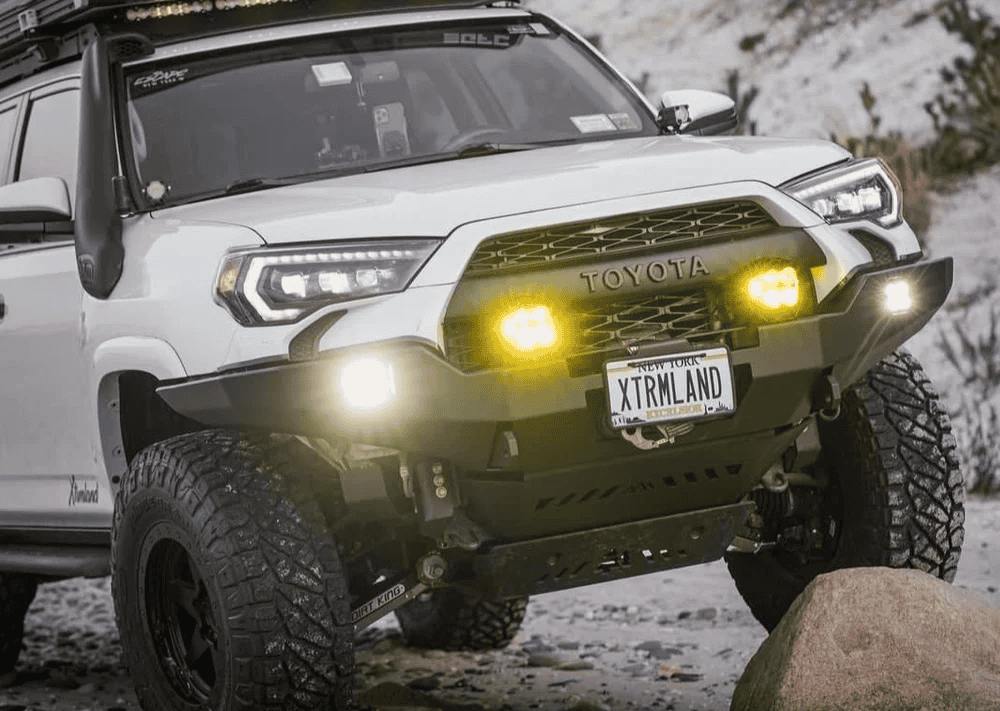Overland Vehicles

A small hardside camper uses rigid walls and a sealed roof to keep out weather and dust. Compared with soft sided pop ups, the hardshell camper construction improves insulation, noise reduction, and security. Common lengths run from 10 to 16 feet, with the 12 camper trailer size popular for light trucks and midsize SUVs. Look for all terrain suspension, frame strength, and departure angle that match your trails. Inside, layouts favor a convertible dinette, compact galley, and smart storage that rides low for a stable tow.
Rigid walls allow higher R values and fewer drafts. Closed cell foam, composite panels, and thermal breaks keep winter trips comfortable and limit condensation. Efficient heaters paired with CO detectors are essential. For summer travel, roof fans that move at least 100 cubic feet per minute and reflective window shades cut heat load. If you add air conditioning, plan battery capacity and alternator charging to support it.
Start by listing daily watt hours from lighting, fridge, fans, and device charging. Many small hardside camper owners target 100 to 200 amp hours of lithium iron phosphate and 200 to 400 watts of solar. A DC to DC charger keeps batteries topped while towing. Use a shunt based battery monitor for accurate state of charge and size wiring to limit voltage drop on long runs.
A compact trailer typically carries 10 to 25 gallons of fresh water, plus a gray tank or portable solution. Keep heavy items like tools and spares over the axle to protect stability. Mind gross vehicle weight rating and calculate tongue weight at 10 to 15 percent of total trailer weight for safe tracking at highway speeds.
An overland camper truck uses a pickup platform with a canopy or flatbed habitat to maximize ground clearance and approach angles. Payload matters more than advertised tow rating here. Upgrade suspension for added load and choose tires with strong sidewalls for rocky terrain. Overland RVs expand living space and tank capacity, which is great for long stays, but they require more power, water, and maintenance planning.
If your routes include tight forest roads and creek crossings, a shorter wheelbase wins. A truck based setup can pivot around obstacles and climb rutted tracks where longer rigs struggle. For desert travel, prioritize cooling airflow and dust sealing. For mountain seasons, focus on traction aids and engine braking to control long descents.
More volume brings comfort, yet adds weight and height that limit trail choices. Decide how many nights you will boondock, how many people you will sleep, and the range of temperatures you will face. A small hardside camper keeps towing simple and parking easy. An overland camper truck grants day to day agility. Overland RVs feel like cabins on wheels when you have space to maneuver.
Select components you can service on the road. Common tire sizes, simple water pumps, and modular electrical gear reduce downtime. Pack a tire repair kit, torque wrench for lugs, and a foldable recovery board set. Redundant navigation and weather awareness keep the trip moving when plans change.
A hardshell camper mounted to a truck bed keeps the whole system on one chassis. It shortens overall length, which helps on switchbacks and trailheads with limited parking. A 12 camper trailer lets you drop camp and explore with an empty tow vehicle, which can be more relaxing in crowded parks and small towns. Both can be built for four season use with the right insulation, window coverings, and heater controls.
Measure from shoulder to hip and head to toe before choosing a bed orientation. A north south bed avoids nightly climbs over one another. Use marine grade latches and compression seals on cabinets to prevent rattles. Keep the kitchen near the door to vent steam and manage moisture on wet days.
Spend first on tires, suspension, and safety gear, then on power and comfort items. Add roof racks or exterior storage only after you weigh your packed rig. Each accessory consumes payload, so balance wants against the numbers on the door jamb and trailer placard.
Before a long journey, take a two night shakedown within an hour of home. Note what you used daily and what stayed in bins. Adjust storage and power settings based on real consumption, not guesses.
OZK Customs builds rigs around how you travel. If you want a truck based setup with dialing for trails and camp comfort, explore our overland rigs. For owners who want a focused materials and systems plan, our team offers custom overland upfit services with attention to payload, electrical, water, and storage. Curious about our philosophy and process from consult to handoff in Northwest Arkansas, see why choose OZK Customs.
Looking for a builder who listens first and builds second Tell us about your routes, seasons, and crew size. We will translate that into a right sized platform with smart systems, from compact towables to truck based habitats and adventure vans. Start here and visit OZK Customs to begin your journey.
Ready to match your travel style with the right rig? Our team designs and builds overland vans, trucks, and towables that fit your routes, seasons, and payload. Share your goals and we will map the build, timeline, and budget to get you rolling.
ADDRESS:
6159 E Huntsville Rd, Fayetteville, AR 72701
PHONE:
(479) 326-9200
EMAIL:
info@ozkvans.com